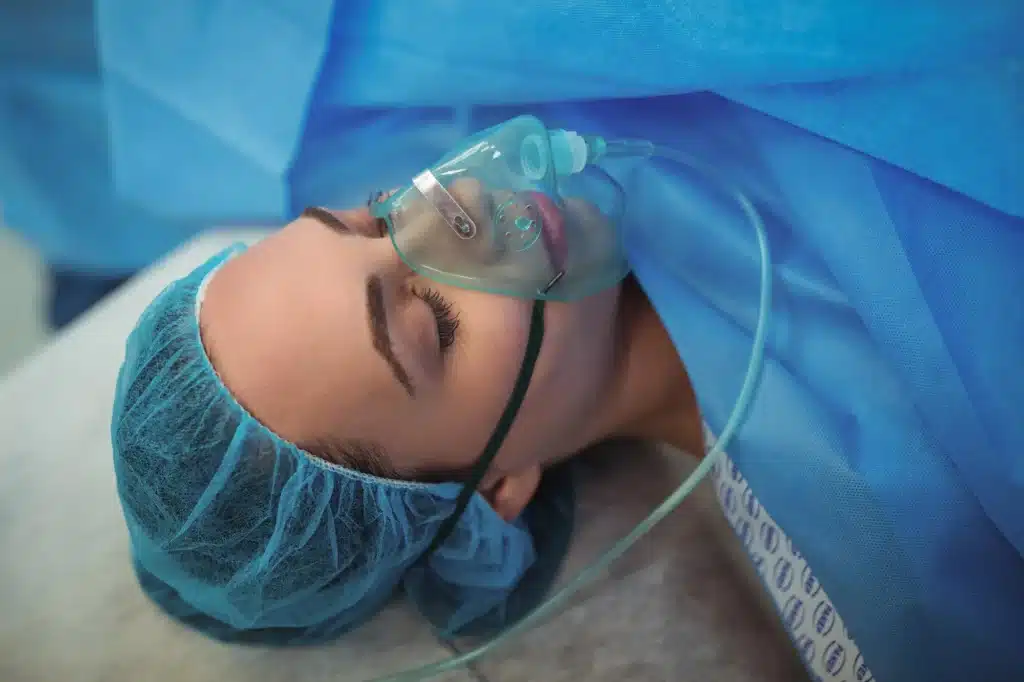
Table of Contents
ToggleSpine surgery is very common in people with back pain, but there are risks involved. The most common risk is infection. Infection can happen if bacteria gets into your bloodstream while you’re in the hospital or after you go home from the hospital.
Infection can be serious and even life-threatening, so it’s important to take care of yourself after surgery. This includes eating healthy foods, taking medications as directed by your doctor, getting plenty of rest, and staying away from germs—especially those that cause respiratory infections (like colds). Other risks include nerve damage and blood clots in the lungs (pulmonary embolism).
Your surgeon will explain these risks to you before your surgery so that you can make an informed decision about whether or not this procedure is right for you.
All surgery carries risks, but spine surgery is by far the most common procedure for people with back problems.
According to the American Association of Neurological Surgeons (AANS), nearly 5 million people in the United States will undergo spinal surgery during their lifetimes.
And according to a report from National Library of Medicine, more than half of those surgeries are performed on patients aged 65 or older–even though they’re at higher risk for complications than younger patients.
Why does spine surgery have such a high rate of success? Because it’s usually performed on people whose condition has progressed beyond other forms of treatment and who have already tried other options like physical therapy or painkillers without seeing any improvement in their condition.
In other words: if your doctor recommends that you get back surgery, it’s because he thinks there’s no other option left!

There are many risks associated with spine surgery, including:
Infections can be serious. Most infections are treated with antibiotics, and patients who develop an infection may need to stay in the hospital for a few days.
The risk of infection depends on your overall health, how long you’ve been in the hospital, and what type of surgery was performed. Surgery that involves cutting through tissue (such as spinal fusion) carries a greater risk than surgery that doesn’t involve cutting through tissue (such as spinal decompression). Your doctor will discuss these risks with you before surgery so that together, they can decide if any steps should be taken to reduce them further.

One of the most common risks of spine surgery is problems with anesthesia, including death.
Anesthesia is a powerful chemical that causes you to not feel pain or remember what happened during the operation. There are many different types of anesthesia. Some make you fall asleep, some make you relax and feel sleepy, and some block nerve signals from your body so that you can’t feel anything.
All of these types of anesthesia have risks associated with them, such as nausea, vomiting, and headaches. But the most serious risk from general anesthesia is death. It’s rare, but it happens sometimes when someone is given too much anesthesia or has an allergic reaction to it.
Unfortunately, this can be very risky. Those who choose to have surgery performed with general anesthesia risk death. Understanding the various types of anesthesia is important in order to increase safety and better prepare for the risks.
Spine surgery is a very common procedure, performed thousands of times each year. It’s also very successful–spine surgery relieves back pain and treats injuries to the spine. But there are some rare risks that can happen during or after this type of surgery, including paralysis or weakness on one side of your body (so called “stroke”).
If you have these symptoms after spine surgery: Don’t panic! They’re very uncommon and may not be related at all. * Tell your doctor right away so they can help figure out what’s wrong. * Also tell them if you’ve had any other symptoms such as trouble breathing or swallowing food properly.
You may be at risk for an allergic reaction if:
Spine surgery is a very common procedure performed thousands of times each year. Though spine surgery carries risks, it’s also very safe and successful.
Spinal fusion surgery involves joining two or more vertebrae together with bone grafts and/or screws to stabilize the spine and prevent further motion at that level.
The goal is to restore joint strength and reduce pain caused by arthritis, disc degeneration or instability in the spinal column (either congenital or acquired).
Back pain is a common problem for many people, and it’s important to know that there are many safe and effective treatments available. Spine surgery is one of those treatments, but it’s important to be aware of the risks involved with spinal surgery.
Before having any type of surgery, it’s important to talk with your doctor about what kinds of risks you might face as well as any possible complications or side effects that could occur during or after your procedure.
GET IN TOUCH +
285 Sills Road
Building 5-6, Suite E
East Patchogue, NY 11772
(631) 475-5511
184 N. Belle Mead Road
East Setauket, NY 11733
(631) 675-6226
GET IN TOUCH +
285 Sills Road
Building 5-6, Suite E
East Patchogue, NY 11772
(631) 475-5511
184 N. Belle Mead Road
East Setauket, NY 11733
(631) 675-6226
SUBSCRIBE TO OUR NEWSLETTER +
Send us a Google review. Click this link and let us know how we did!
Review us on Yelp too.